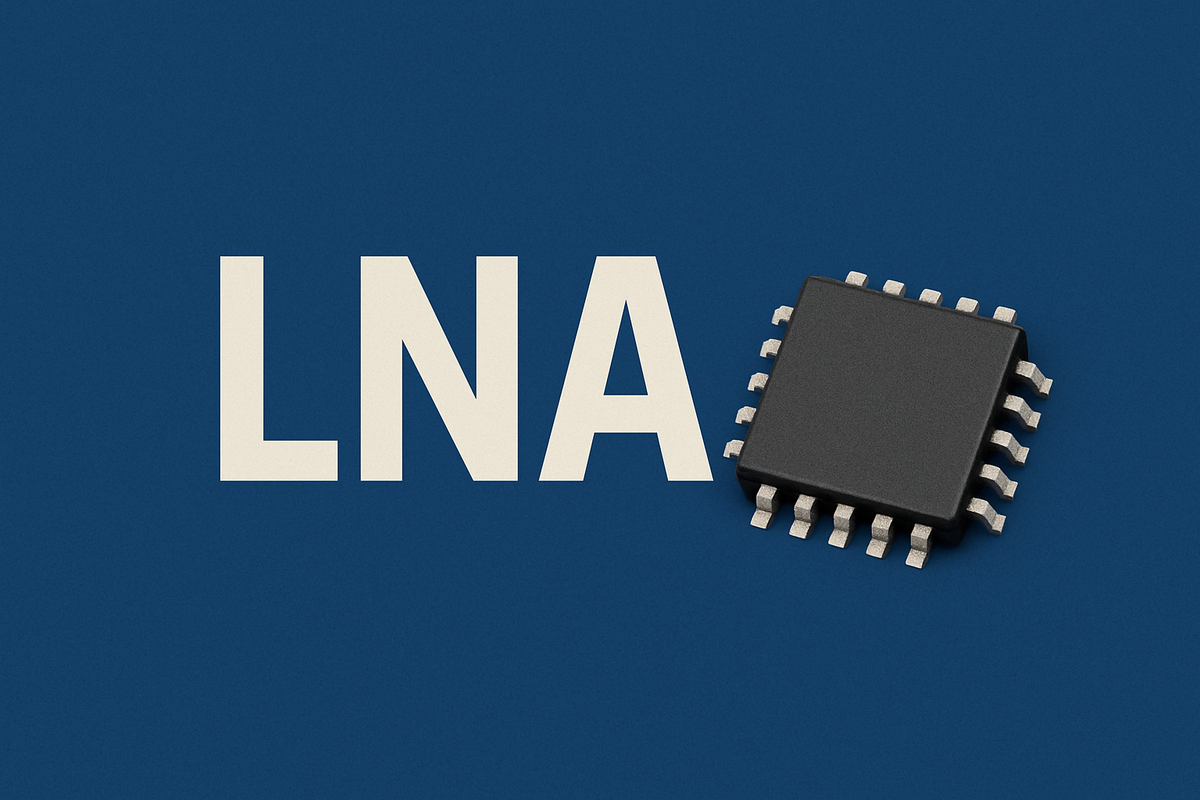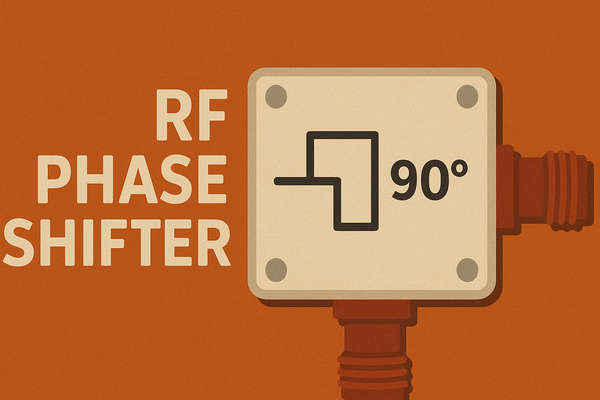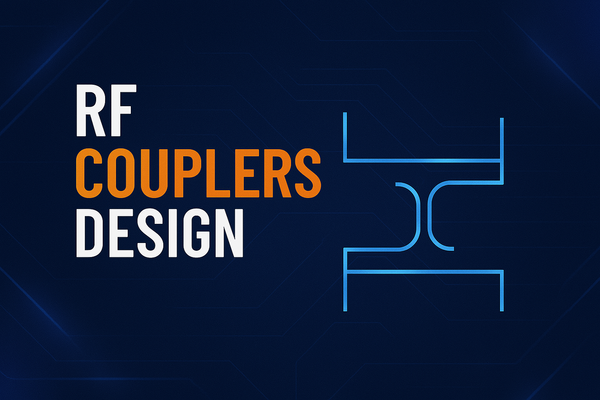My Journey as an RF Characterization Engineer at pSemi: Bringing an IC to Life

Introduction
In late 2022, I stepped into the role of RF Characterization Engineer at pSemi, a leader in semiconductor solutions, after serving as an intern there since May 2021. Fresh off earning my B.S. in Electrical Engineering from SDSU, I was eager to dive into a challenging project: characterizing an integrated circuit (IC) with six low-noise amplifiers (LNAs) destined for a cellular module operating at LTE frequencies (2–3 GHz). In this post, I’ll share the details of this project, my contributions, the results, and the lessons that shaped my growth as an engineer.
The Project: Powering the Future of Cellular
The IC I worked on was a critical component of a larger module that would integrate with two other ICs and eventually find its way into cell phones. Each of the six LNAs was tuned for specific LTE bands, requiring meticulous validation and characterization to ensure performance. My mission was twofold: validate the design through functional tests and then characterize the IC at scale to populate the datasheet and confirm reliability.
The scope included a battery of tests—S-Parameters, Noise Figure (NF), IIP3, P1dB, digital parametric tests, timing measurements, ESD compliance, and stress testing. Validation took about four weeks, while characterization spanned twelve, with data processing and reporting (using tools like Excel, Python, and JMP) being a core deliverable. The results would be presented to the core functional team and other engineers, making precision and timeliness critical.
Taking Ownership: My Role and Contributions
As the sole engineer responsible for the project’s characterization, I embraced what I call “extreme ownership.” I collaborated with marketing and design teams to define measurement requirements, planned and scheduled tasks, and negotiated equipment use to secure test benches. Setting up and calibrating equipment like the PNA-X for S-Parameters, NF, IIP3, and P1dB measurements was a hands-on task, as was assembling benches and performing de-embedding to ensure accuracy.
I wrote custom test scripts to control the gain, bias states, frequencies, power levels, step sizes, temperatures, and voltages, streamlining data collection. I also managed wafer-level ESD operations, reviewed data, and synthesized reports. Python scripts I developed helped clean and process data, saving time and reducing errors. Regular reviews with the core team ensured alignment and transparency.
Results: A Win for the Team
The hard work paid off. The IC performed as designed on the first tapeout, meeting all ESD requirements and passing every test. I completed all measurements ahead of schedule, and the project was delivered to the customer on time. Other teams reviewed my work, confirming its quality, and the module moved forward to integration in cellular devices. While I led the characterization, the guidance and collaboration from my team were invaluable to this success.
Lessons Learned: Growth Through Challenges
This project taught me as much about engineering as it did about resilience and organization. Time constraints pushed me to prioritize efficiently, and I learned not to linger too long on a problem before seeking help. Verifying calibrations meticulously and creating systems to organize data saved headaches later. I also discovered the importance of ensuring devices reach compression during P1dB measurements and accounting for IR losses in current measurements. Processing data promptly kept the project on track. Above all, I learned to be kinder to myself—mistakes are part of growth.
Looking Back, Moving Forward
My time at pSemi was a defining chapter in my career, blending technical challenges with personal growth. From validating cutting-edge LNAs to presenting results to seasoned engineers, I honed skills that continue to drive my work. As I share this story on my blog, I hope it inspires others to embrace ownership, learn from setbacks, and celebrate their wins.



